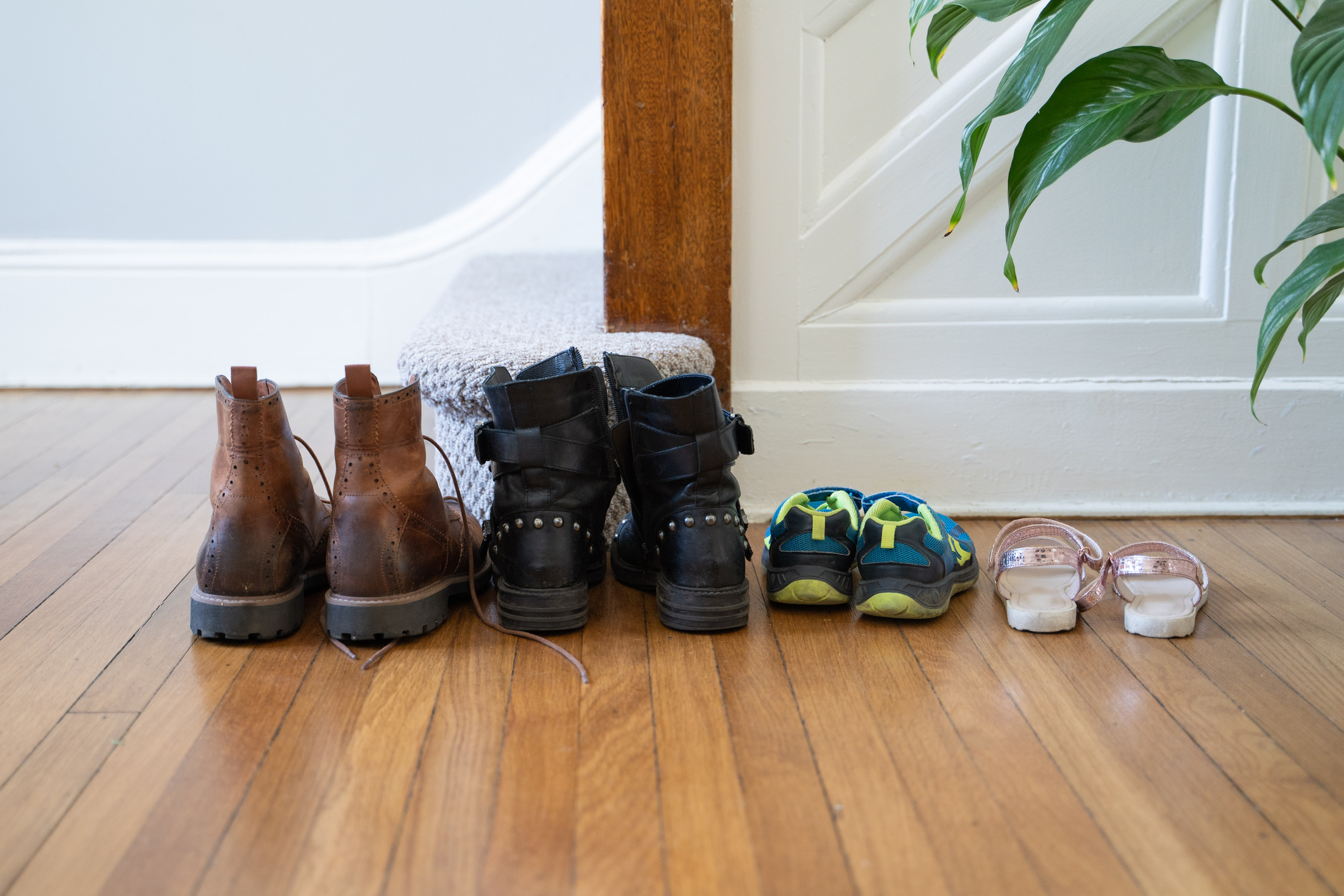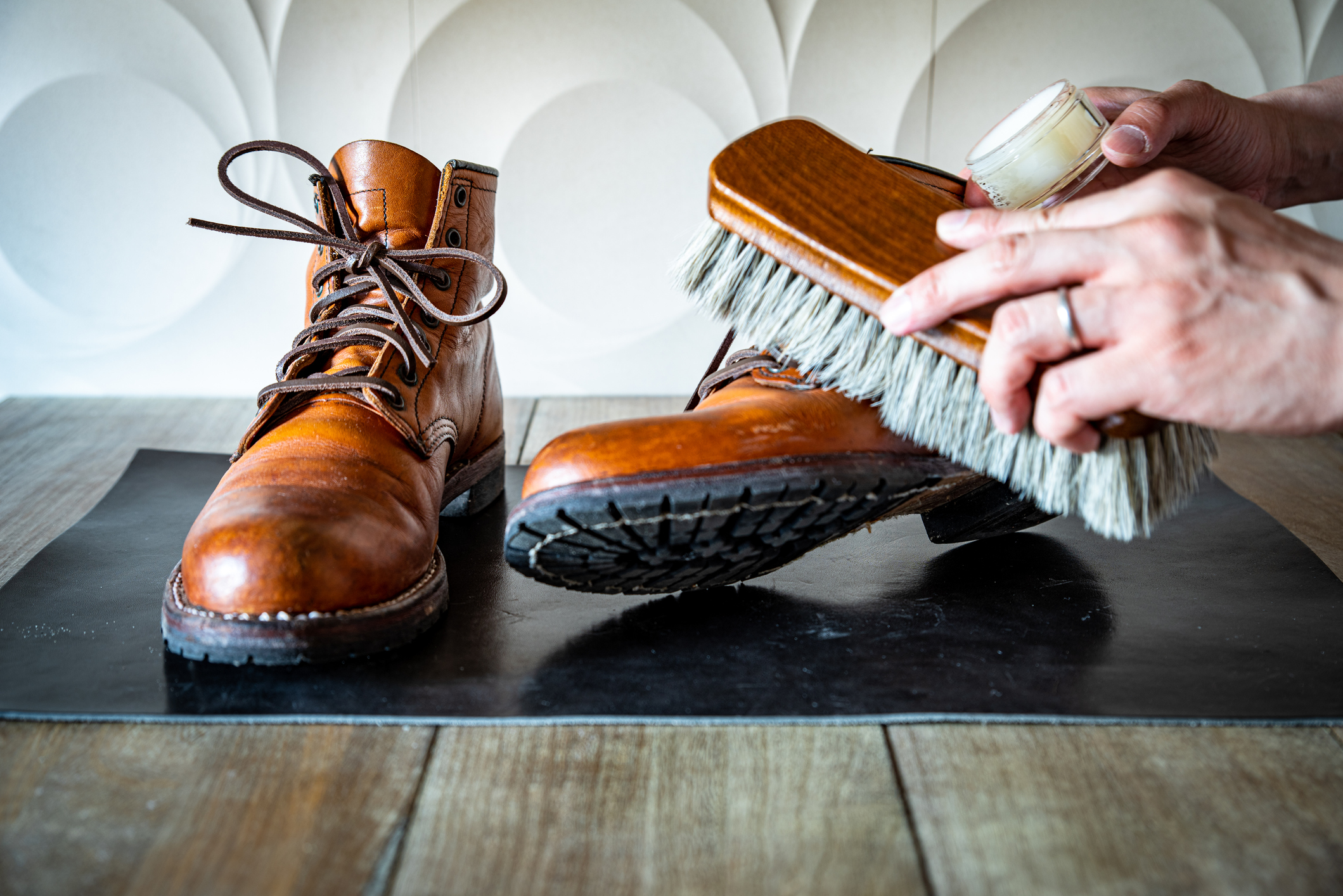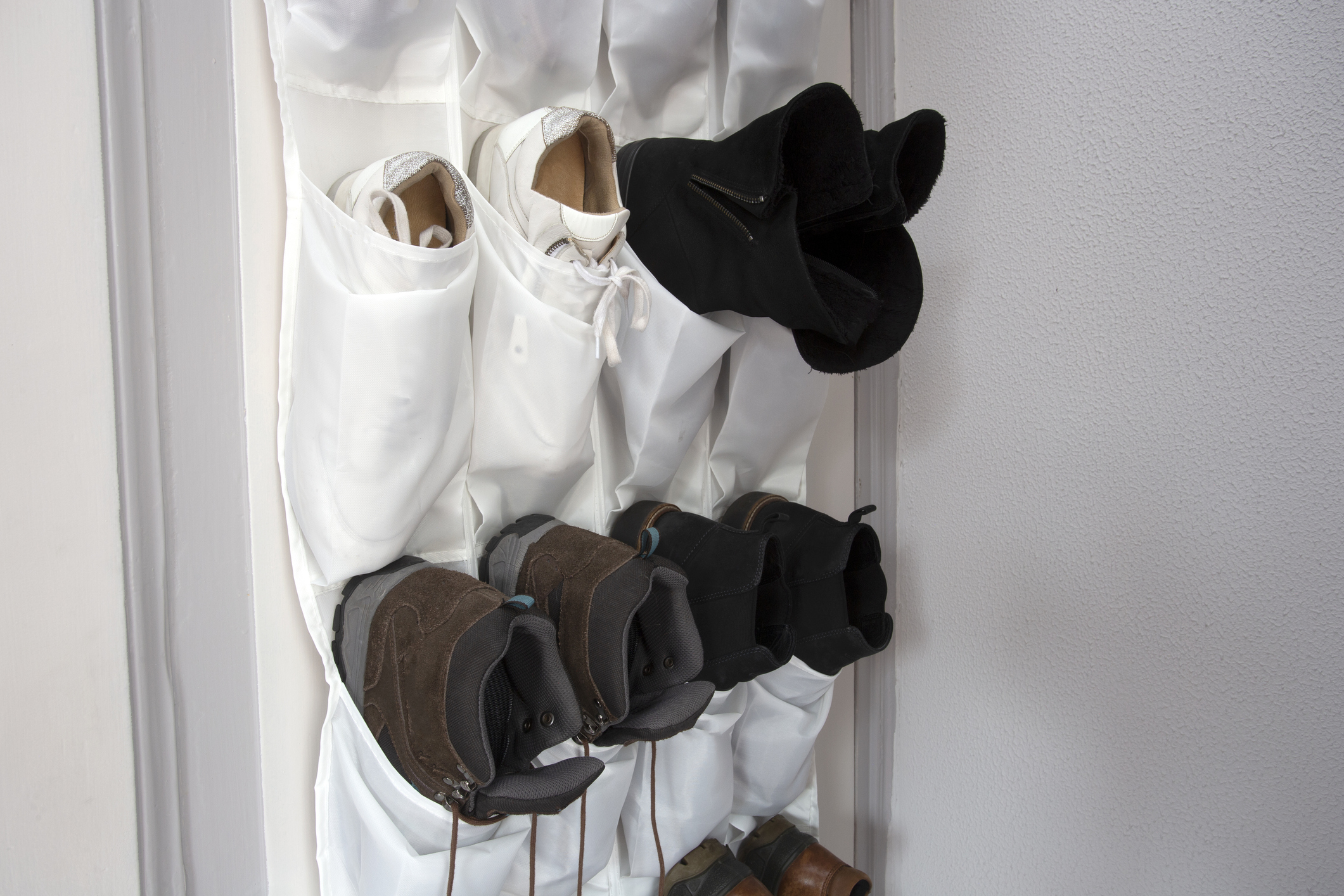Boots are a wardrobe staple in the chilly winter months. Not only do they keep feet warm, but they’re also an essential part of an outfit. From Chelsea ankle boots to over-the-knee boots, there are so many styles to consider, either as a fashion statement or sensible accessory. But you might be thinking about how to store boots when you’re not wearing them.
Your boot storage needs will likely change depending on the season. In the winter, it’s helpful to keep boots in a closet or on a boot rack near the entryway, readily accessible for everyday wear. Once spring and summer roll around, however, it’s time to think about long-term boot storage and how to keep them in tip-top shape until boot season returns.
Before you simply toss your collection in a basket, take the time to prep them for storage. The last thing you want is for your expensive shoes to lose their shape, become damaged, or collect unwanted odors. High-quality leather boots can last for six to seven years if cared for properly, according to the experts at Weaver Leather Supply. Follow the guidelines below to help extend their lifespan and keep your kicks looking like new.

How should leather boots be stored?
Leather boots should be stored in a cool, dry place away from direct sunlight. A climate-controlled environment is the best way to store boots since fluctuations in temperature and moisture can affect leather. If you’re not going to be wearing your boots for a long period of time, it’s also a good idea to apply a leather conditioner for additional protection.
How do you protect leather from humidity?
Just like tires, dry rotting can occur for leather when there’s not enough moisture, causing the material to become brittle and crack. But you also don’t want leather in a place with high humidity since excessive moisture can cause mold. Maintaining a balance between the two is key, and you can do so by using products like cedar shoe trees, which wick moisture and help boots keep their shape at the same time.
Related: How to Store Shoes Without Destroying Them
6 Boot Storage Ideas That Work for Any Space
1. Line tall boots up in a row
Boot organization is a must when using up valuable floor space. Resist the urge to leave boots in a pile next to the door. This type of shoe (especially if made with leather!) is expensive and sees a lot of wear, so do your part to take care of them when they’re not in use.
To keep everyday boots in good condition, follow these steps:
- Map out floor space in the entryway or closet for your most worn boots.
- Use boot mats to protect the floors from any salt, dirt, or moisture.
- Line the boots up neatly in one or two rows.
- Fill the boots with a paper towel roll or another quick insert to keep them standing upright.
2. Clean boots before storing them

There are two types of boot storage: long-term and short-term. In the short-term, it’s alright if you take your dirty boots off and place them in their spot until you wear them again in a day or two.
If you are putting the boots away and don’t plan to wear them for a few weeks or more, it’s important to clean them first. Depending on the fabric and durability, different cleaning methods will apply. Consider using a protectant spray before you wear your boots for the first time, which will help safeguard them from the elements — Clarks recommends spraying them once a week if they’re part of your regular footwear rotation.
Boot Storage Tip: If you’re storing boots long-term, keep them off the floor. Floors are prone to moisture, dirt, and unwanted pests. Raise your boots up using a shoe rack or gather them inside an air-tight tote if storing in an area that isn’t climate controlled.
3. Hang boots using boot or pant hangers
Hanging is an excellent option for storing boots of any height that you don’t wear as often. It’s a great way to maximize closet space for ankle, mid-calf, to-the-knee, or even over-the-knee boots.
Below are a few inexpensive methods to consider:
- Boot Hangers: Boot hangers give spaces a clean and polished look. They are often used to display boots in retail stores, especially in the winter months when boots are abundant. When buying a pair, ask the retailer if they will provide the boot hanger the boots were displayed on for free. If not, stocking up is easy and a no-brainer organizational investment.
- Pant Hangers: Pant hangers are the sister to boot hangers. They can perform the same function with just a bit of improvising and are an ideal option when in a time or money crunch. Just take the adjustable clip pant hangers and clip the top of each boot onto the hanger at opposite ends.
Boot Storage Tip: Add a washcloth in between the boot and boot hanger clip to prevent indent marks from forming on the shoes.
4. Use an over-the-door shoe hanger for kid boots

Over-the-door shoe hangers are a classic shoe storage staple, and they work well for shorter boots and kid’s boots. Try to find ones with deeper pockets so a variety of boots can fit inside.
5. Stuff tall boots to maintain their shape
One of the most common boot storage questions? How to keep boots from slouching. The answer is to stuff them. The fabric of taller boots doesn’t have much structure and causes them to fall side to side, so stuffing them is important when storing knee-high or over-the-knee boots on a closet floor.
You don’t need to spend money on specialized boot inserts, though — there are plenty of household products that can combat boot fabric fold:
- Magazines: Grab a stack of magazines and curl one into each boot.
- Wrapping Paper Roll: Wrapping paper rolls can double as tall and firm boot stuffers. Depending on the height of your roll, you may need to cut them to the appropriate length.
- Pool Noodles: Don’t toss those pool noodles just yet! Like wrapping paper rolls, snip the floaty noodles down to fit each boot.
- Wine Bottles: Save empty wine bottles from all the summer gatherings. Clean them out, and they also work great as tall boot stuffers.
Boot Storage Tip: Be cautious if using wine bottles. They work best for carpeted closet floors since falling over on a hard surface may cause the glass to shatter.
6. Store short boots inside a bin for everyday storage
Storage bins help keep spaces organized and come in all sorts of colors and sizes. For shorter boots, bins can be placed on the closet floor. Just place the pairs in neatly, and the space will immediately start to feel more tidy and accomplished.
Related: How to Store Sweaters Without Ruining Them
Have other tips and tricks for storing boots? Share them with us on social media @lifestorage!
Updated 4/5/19 & 7/13/23 from a post originally published 2/7/17.







